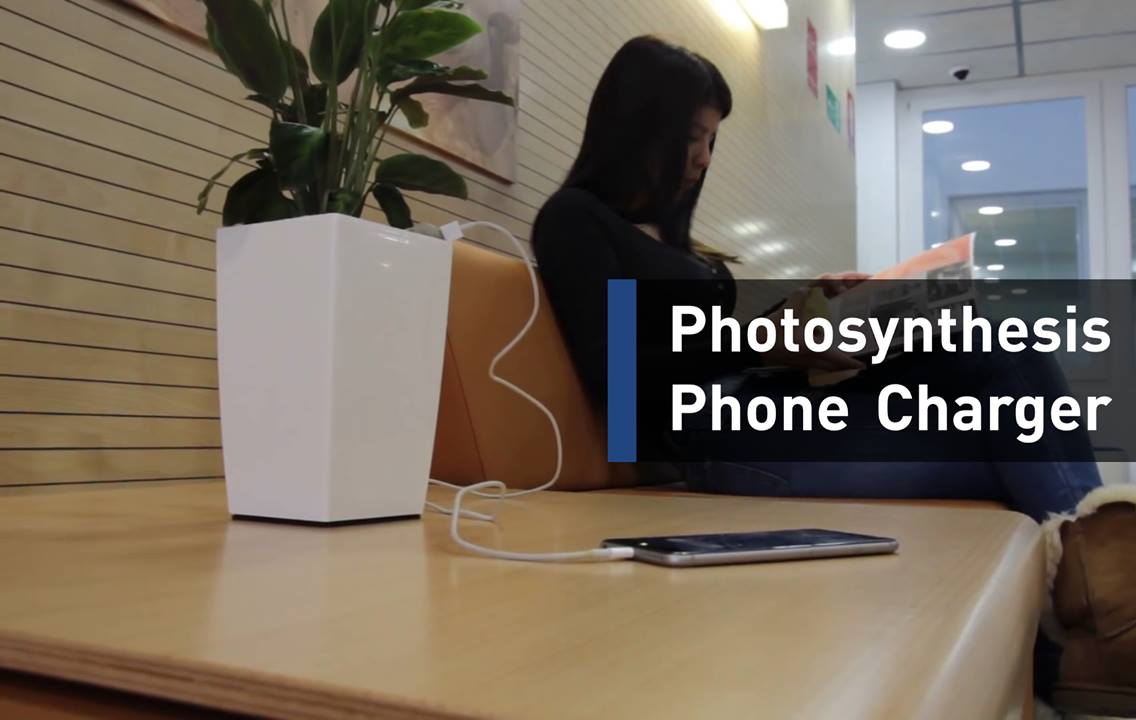May 13, 2016
This ‘nanocavity’ may improve ultrathin solar panels, video cameras and more
Posted by Karen Hurst in categories: solar power, sustainability
The future of movies and manufacturing may be in 3D, but electronics and photonics are going 2-D; specifically, two-dimensional semiconducting materials.
One of the latest advancements in these fields centers on molybdenum disulfide (MoS2), a two-dimensional semiconductor that, while commonly used in lubricants and steel alloys, is still being explored in optoelectronics.
Recently, engineers placed a single layer of MoS2 molecules on top of a photonic structure called an optical nanocavity made of aluminum oxide and aluminum. (A nanocavity is an arrangement of mirrors that allows beams of light to circulate in closed paths. These cavities help us build things like lasers and optical fibers used for communications.)
Continue reading “This ‘nanocavity’ may improve ultrathin solar panels, video cameras and more” »

















